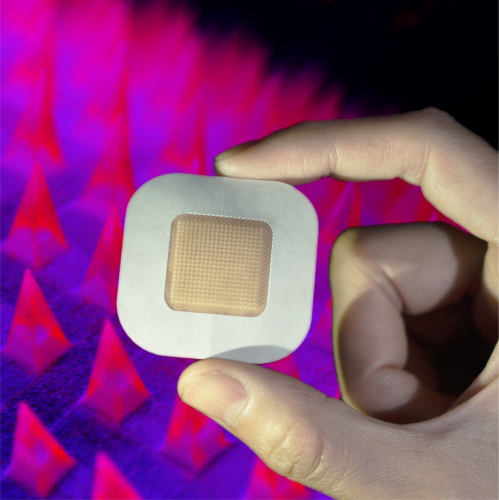
Developed by UCLA bioengineers and colleagues at UNC School of Medicine and MIT, the adhesive patch, which is the size of a US quarter dollar coin, is said to be easy to manufacture and intended for daily use.
Drug capsule could take sting out of insulin ingestion
The study, published in Nature Biomedical Engineering, describes research conducted on mice and pigs. The research team, led by Zhen Gu, PhD, professor of bioengineering at the UCLA Samueli School of Engineering, is applying for US Food and Drug Administration approval of clinical trials in humans. Gu and colleagues conducted the initial successful tests of the smart insulin patch in mice in 2015 in North Carolina.
“Our main goal is to enhance health and improve the quality of life for people who have diabetes,” Gu said in a statement. “This smart patch takes away the need to constantly check one’s blood sugar and then inject insulin if and when it’s needed. It mimics the regulatory function of the pancreas but in a way that’s easy to use.”
The adhesive patch monitors blood sugar, or glucose. It has doses of insulin pre-loaded in microneedles, that deliver medicine quickly when the blood sugar levels reach a certain threshold. When blood sugar returns to normal, the patch’s insulin delivery also slows down. The researchers said the advantage is that it can help prevent overdosing of insulin.
“It has always been a dream to achieve insulin-delivery in a smart and convenient manner,” said study co-author John Buse, MD, PhD, director of the UNC Diabetes Center and the North Carolina Translational and Clinical Sciences (NC TraCS) Institute at the University of North Carolina at Chapel Hill School of Medicine. “This smart insulin patch, if proven safe and effective in human trials, would revolutionise the patient experience of diabetes care.”
In treatments that haven’t changed much in decades, patients with diabetes draw their blood using a device that measures glucose levels before self-administering a dose of insulin. The insulin can be injected with a needle and syringe, a pen-like device, or delivered by an insulin pump, which is a portable mobile phone-sized instrument attached to the body through a tube with a needle on the end. A smart insulin patch would sense the need for insulin and deliver it.
The researchers said they are applying for US Food and Drug Administration approval for human clinical trials, which could start within a few years.




AI-generated medical responses need monitoring, study finds
This would negate most of the benefit of using AI in the first place, rather like the Locomotive Act 1865 that required any self-propelled road...